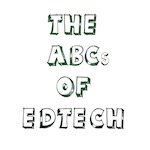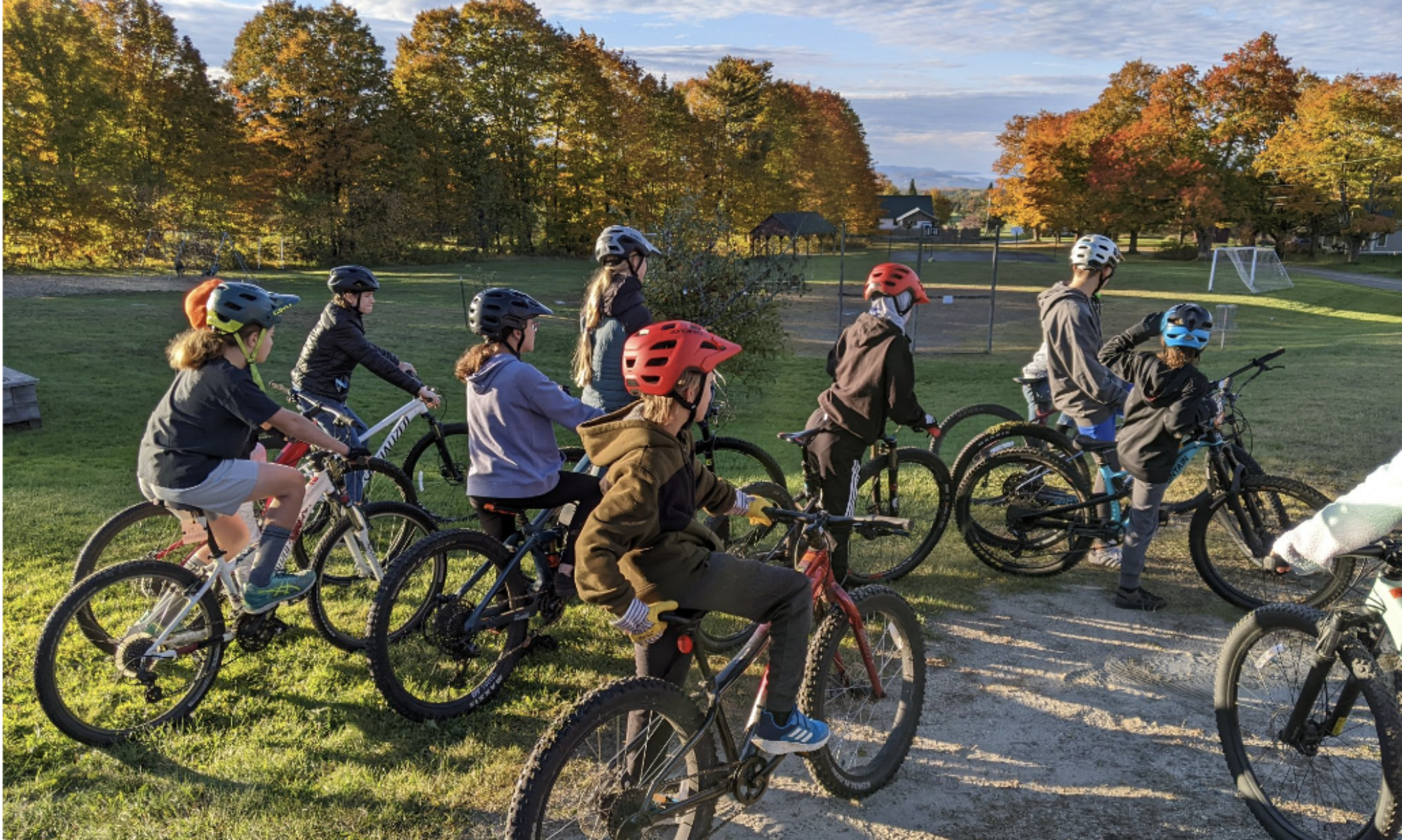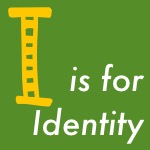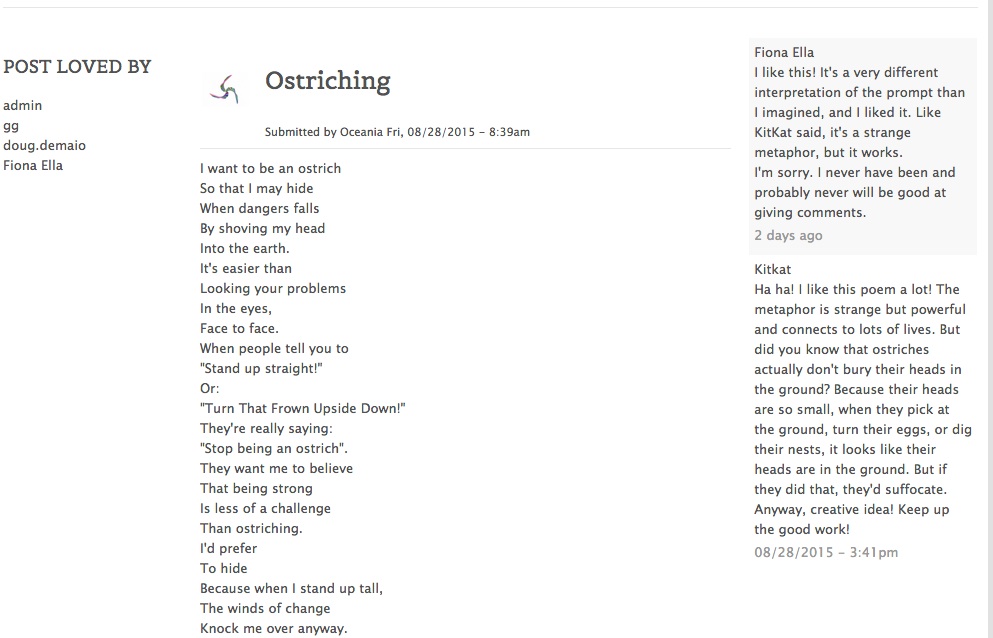3 tech-rich strategies for exploring identity with students
“Who am I?” is the question at the heart of the adolescent mind. Almost all challenges, tests, and dilemmas relate to the central theme of identity.
Young adolescents seek to find answers to questions like, “Where do I fit in?”, “What makes me different or special?” and “What do I believe?”
German developmental psychologist Erik Erikson claimed that the quest for identity is the central psychosocial crisis of adolescence. At this stage of life, humans have the first opportunity to cognitively question their identity.
As educators and parents, we should support this “crisis” and give young adolescents ample opportunities and tools to explore and define their world.
1. Find safe online spaces for students to share their work
The Young Writers Project is a long-running online space that showcases the amazing writing and imedia production students do as they explore what it means to tell their own stories. The site is populated solely by work written and made by students, with adult mentors and artists providing feedback, and features daily and weekly prompts to help focus the creative process.
When students post a piece, others on the site can love it and leave comments.
Check out the ideaboard, where students can jot down and share fragments of ideas, building off of and bouncing off each others’ thoughts.
What might an ideaboard or a collaborative online writing space look like for your students? Is it a team Google Site? A shared WordPress forum? A privately shared Flipboard magazine? What kinds of norms will you set to keep the space safe and supportive?
2. Use identity as an exploration exercise to launch the year
Tarrant Institute professional development coordinator Susan Hennessey put together the following identity exploration exercise for teams at the beginning of the school year.
- Explore the Digital Footprint resources from Ask a Tech Teacher to help you define online identity. In addition, you might want to view the Ted Talks Your Online Life: Permanent as a Tattoo and Digital Footprints
- Review the Self-Image & Identity lessons in Common Sense Media’s Scope and Sequence.
- Explore the Digital Footprint & Reputation lessons from the Scope and Sequence.
3. Provide digital portfolios for students
The move toward digital portfolios is gaining momentum as the tools become more widely used and available. When students choose which learning artifacts showcase who they are as learners, they’re engaged in the important meta-work of constructing identity. Choosing how you represent yourself as a learner is a key concrete and manageable step towards understanding who you are as a person.
In Randolph, Vermont, 8th graders assemble Google Sites as portfolios which they explain to a panel of faculty at the beginning and end of the school year. The conversations are really a chance for students to explain who they are as learners.
Here, a student at Harwood Union Middle School explains her process for choosing what to store in her Evernote portfolio (starts at the 1:00 mark):

Two educators at Edmunds Middle School have their students use Book Creator to create e-books as digital portfolios. Students share their e-books with families at student-led conferences.

What other types of activities can help students in their search for identity?
- consider student questions about themselves and their world when developing curriculum and learning opportunities
encouraging students to write prose and poetry about their identity; - allow students to create avatars for video games that explore their idealized self;
- use literature to explore the construction of identity in characters in young adult fiction;
- as you implement personal learning plans, highlight the personal story: students can write “About Me” or on “My Life”, including pictures and videos of themselves.
Put yourself in your students’ shoes
 The middle school student’s search for identity can often be confusing and hard, and as you work with students exploring this critical component of discovering who they are and what they want to learn, feel free to dial in to your own memories of that time:
The middle school student’s search for identity can often be confusing and hard, and as you work with students exploring this critical component of discovering who they are and what they want to learn, feel free to dial in to your own memories of that time:
-
- How did your sense of self in your own early adolescence evolve in relation to your peer groups?
- What role, if any, did school play in offering a safe space for identity exploration?
Get in there and share who you are as an educator.
Need to catch up on your edtech ABCs? Check out the full series here.




3 tech-rich strategies for exploring identity with Ss #vted http://t.co/ibJxuoBGmr http://t.co/XuKmBsBNd4
Using digital resources to support students develop their identity: I is for Identity (ABSs of EdTech) http://t.co/P9jh4y1QTp
RT @innovativeEd: 3 tech-rich strategies for exploring identity with Ss #vted http://t.co/ibJxuoBGmr http://t.co/XuKmBsBNd4
Great post! It’s remarkable how important it is to explore identity in middle grades classrooms. It addresses an essential developmental need. It cultivates relationships, empathy, compassion and resiliency, all hallmarks of high-performing middle grades teams. And as Rachel points out, it’s a cornerstone of personal learning plans. The personalized learning mandated by Vermont’s Act 77 hinges on adults knowing each student they encounter. It begins with understanding and sharing who we all are as learners and people. Thanks for the the thorough post and great examples.